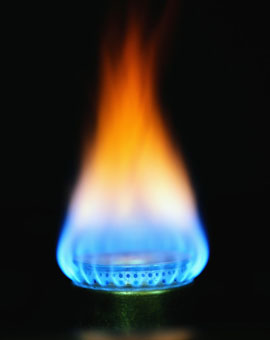
LPG & CONTINUOUS GAS
In part one of the Queensland submission, phase 1 of the elctric phase out has been identified as a success with all builders and plumbers adopting the new legislation by installing efficient greenhouse emission hot water units. However, due to capital costs the focus has been on LPG gas units. These units are very efficient and reduce the greenhouse gas emission considerably in comparison with electric hot water systems which is positive and helps contribute to Australia’s current projected greenhouse gas abatement. Although, this positive, is then coupled with a negative for the home owner or tenant that has to deal with the high running costs. There is a common miss perception amongst the public that an efficient greenhouse emissions unit will also reduce your running costs and save you money in the long term. This is not the case with a standard LPG bottle (45kg) costing $90 – $110 plus $35 annual rental the price soon escalates. Families of four are paying in excess of $700 a year for hot water, going through 5-6 bottles (45kg) and using up to 2.3L per day. These costs are irrelevant to the builder but may be crippling to a tenant. Therefore alternantive low greenhouse emission units need to be considered, however they must have the right upfront costs partnered with low running costs to offer the complete package. Heat pumps have become more affordable with the removal of rebates forcing the price down and making the markert more realistic with the price for an installed heat pump being within a few hundred dollars of a gas unit. This is also supported by the inclusion of STC’s (Small Scale Technology Certificates) that are awarded to the units as an upfront discount. The major difference between an LPG unit and a heat pump is the running costs. The heat pump uses the ambient air temperature to heat the water with the heat pump mechanism powered by electricity, this enables the unit to produce up to 3.5 kw/energy (heat) from 0.88kwh of power. This reduces the power bill considerably, saving up to 65% of the electricity bill. the combination of the low upfront cost and the low running costs gives the unit a payback period of 1-2 years maximum and the rest is then savings. This makes it an ideal new build or replacement hot water system, saving the customer money in no time.
This statement is relevant to QLD & NSW, where as VIC has a lot cheaper and comprehensive piped gas system that is ideal for hot water production.
By Simon Baird

